The United Kingdom and United States have formed a powerful twin-carrier strike group in the Pacific, as HMS Prince of Wales joins USS George Washington for the record-breaking multinational Exercise Talisman Sabre 25 in Australia.
More than 3,000 British troops are participating in the largest Australian-hosted military exercise ever, with forces deployed across Queensland, Western Australia, New South Wales and the Northern Territory. This is the UK Carrier Strike Group’s largest engagement of Operation Highmast, a global deployment designed to reaffirm Britain’s Indo-Pacific commitments.
The exercise features over 35,000 personnel from 19 nations. For the first time, operations are also taking place in Papua New Guinea.
Defence Secretary John Healey said: “The historic bonds between Britain and Australia run deep, and through AUKUS and exercises like Talisman Sabre we are strengthening these ties for the challenges of tomorrow. Our commitment to the Indo-Pacific is unwavering, as this huge military exercise demonstrates.”
Leading the UK contribution, HMS Prince of Wales joins HMS Dauntless and RFA Tidespring, while American forces bring USS George Washington, USS Robert Smalls, and USS Shoup. They are supported by HMAS Sydney, Norway’s Roald Amundsen, and Canada’s Ville de Québec.
Commodore James Blackmore, Commander of the UK Carrier Strike Group, said: “This is a real demonstration of the UK and our partners’ warfighting capabilities. Exercise Talisman Sabre is also an opportunity for the UK to develop new levels of integration between systems and capabilities with the US, Australia, and other partners.”
The UK is also showcasing advanced AUKUS technologies. British forces are leading trials of AI-enabled systems and uncrewed underwater vehicles, including remote operations of extra-large uncrewed submarines. AI algorithms are being tested for real-time target identification and engagement in a simulated combat environment.
All three UK armed services are participating. Royal Marines are working alongside a British Army Ranger battalion and RAF Voyager aircraft. Sub-sea and seabed warfare capabilities are being jointly trialled by AUKUS navies, with DSTL-led experiments advancing integration across AI and autonomy.
The UK deployment aligns with the government’s Plan for Change and its commitment to increase defence spending to 2.6% of GDP. The MOD says the £75 billion uplift will support international partnerships and cutting-edge platforms like the Carrier Strike Group.
Healey added: “We will continue to work alongside our closest allies to maintain the security and stability that underpins global prosperity.”




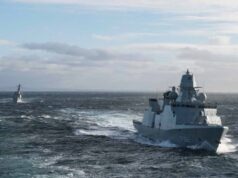
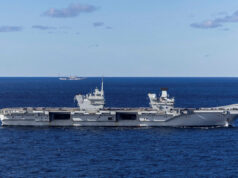
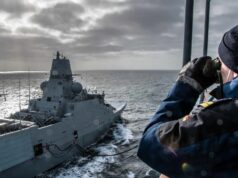
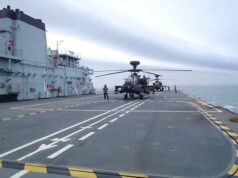

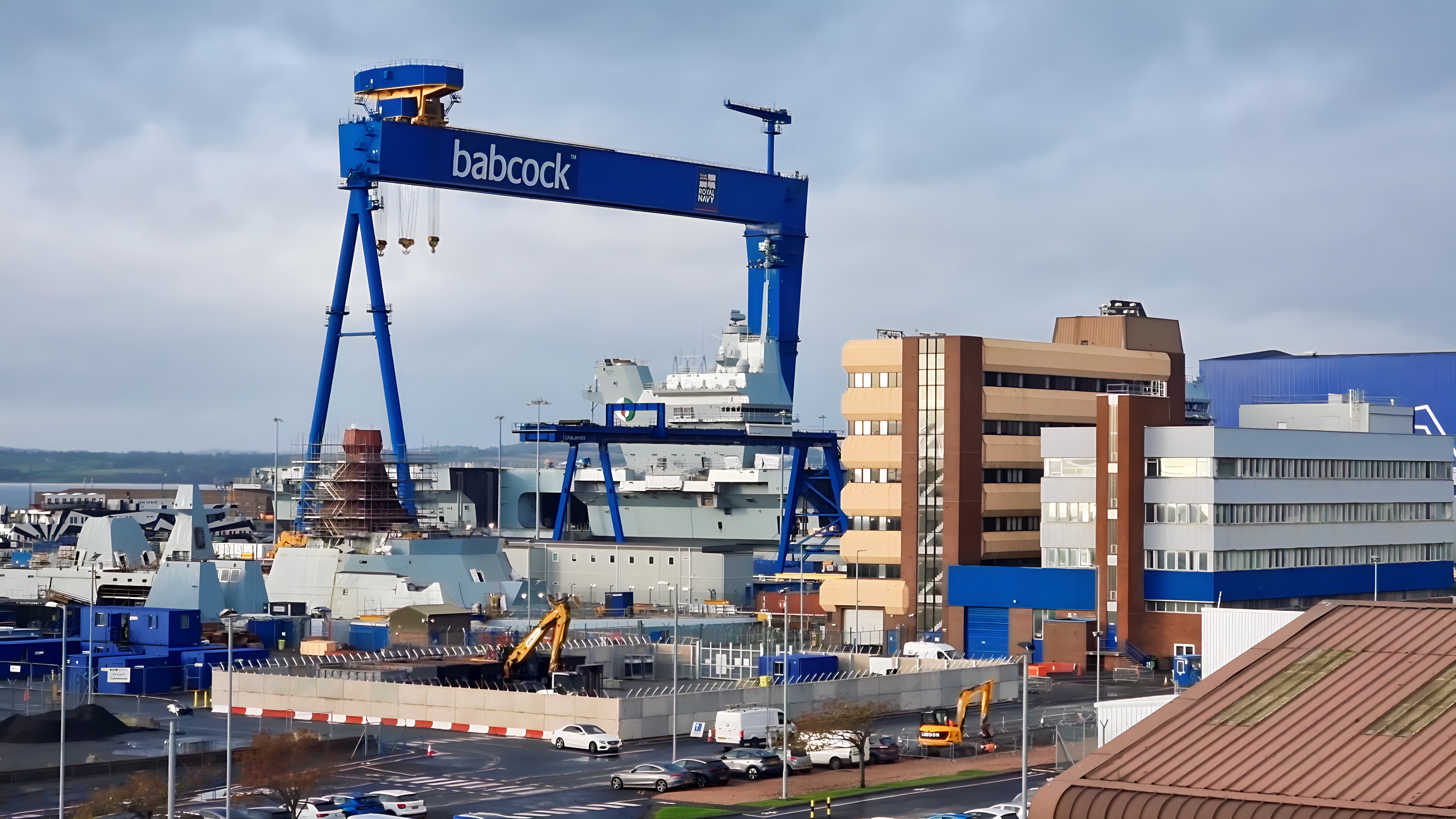
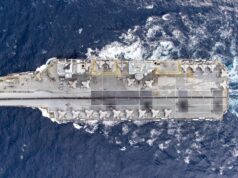

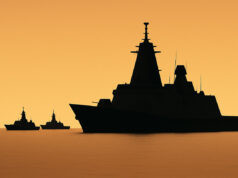
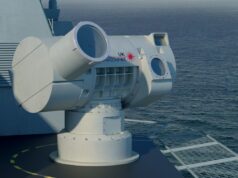

A rare public mention of Ranger activities!
4 Ranger I presume.
BTW, It had not occurred to me till yesterday that Ranger Reg has a reserve component. Weird that I’d not considered it
Was reading about E Company.
Hadn’t realised E Coy had made it into public discourse, but yes it exists, subordinated to 3 Ranger. If there is an increase in reserve numbers I imagine there will be a push to expand E Coy into V Ranger, as a full on Reserve Battalion, but the headspace isn’t there for it atm.
Thanks.
Public discourse. Well there’s a job advert on forces jobs online!
Which i pursue regularly in my research activities when I put two and two together when looking for stuff on lesser known parts of our military.
So accessable, but only to saddos like me who go to look for it in the first place, and understand to link the dots.
So I thought it ok to mention to you in this instance as it is available.
MoD needs to be careful with what is online. You’d be amazed, or maybe not, how often MoDs right hand has no idea what the left is doing with other stuff I’ve found online over the years.
On E, yes, very interesting, and good to see too.
Makes sense with 3R, given location and LSOTC.
Would think a V Bn a tall order given entry requirements.
On the other hand it’s SOF with a good chance of getting a deployment to count towards your 46 days. I think the bigger issue would be getting enough people through the RQC to stand the Battalion up.
Yes we knew there were 900 army personnel supporting highmast but it’s always been a bit vague exactly what the core of that 900 would be doing other than “engagement” work. So it looks like they are actually giving the army some meaningful time in the pacific with a battalion participation in talisman sabre .
I think this may be the first battalion level British army participation in a pacific exercise in a very long time.. there was 170 as part of the Japanese Exercise Vigilant Isles in 2023. But other than that it’s been very minimal as far as I’m aware, you may know more deployment’s/exersises in the last decade ?
Rangers don’t deploy at Battalion level, it’s not really in their ConOps, this will be either a TU+ or TG- deployment.
That’s interesting as it mentions a rangers battalion..so I assumed they mean 4 ranger battalion ( which I assume is a battalion sized battalion if you know what I mean 😃).
Without saying “I know better than the RN press release that Craig lifted that line from,” uh yeah, it’s not a full Ranger Battalion out there. Definitely 4 Ranger deploying complete, as I said, the Battalions simply aren’t capable of functioning like that, nor does their operational and tactical doctrine really work around Battalion level deployments.
And I know what you mean, Ranger Battalions are somewhat smaller than regular Battalions anyway (but see above I don’t think their full establishment is available to the public so I’m not going to risk disclosing it). Their predecessors where 250 strong, but I think Daniele has identified at least one difference between the Rangers and their predecessors in this thread, which should be a hint that they aren’t 250 anymore.
Wonder whether an USN SSN will be assigned to CSG 25 during deployment to SCS, in lieu of a RN boat? Uncertain whether USN has any SSNs available, given present ops. tempo, SSN production shortfall, maintenance backlog, etc.🤔🤞
As far as I know there is a UK SSN with CSG25.
Jim, yes their is a SSN attached to CSG25. However, I think there are still some issues with nuclear propulsion submarines in the Aussie legal sense; so as far as I am aware the SSN at the moment is detached from the carrier group.
If I am wrong then I stand to be corrected.
Hi Ron, we are both wrong, I just read Anson just returned to Faslane so there are no UK SSN’s with CSG25 at the moment. I don’t believe there are any legal issues in Australia (NZ is an issue) as HMS Astute made a port visit to Perth on CSG 21.
Seems the RN doesn’t want one of its few SSN’s on the other side of the world which is understandable given the current state of play with Russia.
SSN’s along with QRA typhoons are probably the most important UK mainland defence assets.
The whole point of SSNs is to protect the SSBNs and carrier group, it appears the Navy have failed on both.
Hi Mark.
Interesting, that is not how I understood it. I may be wrong.
I took our SSN to be lone hunters who’s main role is to hunt OpFor SSN and SSBN while conducting intelligence.
So our main ASW assets.
Our SSBN lose themselves in the ocean, not in coordination with an Astute. Maybe an SSN sanitises the area off Faslane if one is available, maybe not, when a bomber deploys, as Merlin, the T23 TAPS and P8’s are available, as is IUSS.
Now with the QEC Group, SSN are attached when available. But again I did not think that is their main task, just like it was not their task when the Invincible’s were around.
With the advent of TLAM the SSN force has wider responsibilities deploying to the ME. If we had TLAM on ships, they could be relieved of this.
I’d be interested in Deep or AndyA’s views on this, as submariners.
Navy Lookout reported that HMS Anson just returned to Faslane, meaning there are no UK SSNs at sea at the moment.
If no USN SSN available as an escort for the CSG while deployed in the SCS, would presume some fall back plan for deployment of JMSDF and/or ROKN SSKs would be reasonable. May be guilty of excessive caution and hypervigilance in a ‘peace time’ environment, but generally subscribe to the philosophy of being locked and loaded before wandering down selected alleyways.
Anyone/Everyone,
OT, but interested in someone decoding, “The MoD says the £75Bn uplift will support…” Assumptions underlying the estimate? 🤔
Yes, I read that. 75 billion from where and when? 2030 2035? All words.
Hello Mate,
That is a tough question for a Sunday morning… I would suggest that there is a time period over which the funds are compared, but it has not been given.
I did a quick rummage on the UK Gov site and found a graph that suggested (not adjusted for inflation) that in 2024 the UK was forecast for spend about £62b on defence (2.3% GDP) and £80b (2.5% GDP) in 2027. On the face of it quite an uplift. I also noted that the Ukraine Support is funded out of the Treasury reserve fund but it is accounted for through MoD ‘out turn’, whatever that means…
Hope this helps. Accountants have a language all or their and it seems it is design to confuse and bamboozle the rest of us…
Cheers CR
Hi mate.
Big grey area for me, that, as I have read complaints from Ben Wallace that Ukraine money is now in core.
Along with Pensions, Ops, the DNE ( which was given more ringfenced billons ) Mauritius money, the SIA has now been included as well, I question just how much extra is going on conventional forces.
They hide behind their % just like the Tories did.
All smoke and mirrors mate.
When these mythical uplifts in people machines and kit arrive we shall be here to assess reality.
CR,
Per the quote attributed ro Mark Twain (Samuel Clemens) and/or Benjamin Disraeli: “There are three kinds of lies: lies, damned lies, and statistics.” Would suggest that some accounting principles are w/in hailing distance of the latter category. 🤔😳😉🙄
Silly question, but I do wonder how a F35B compares to the E-2 in intel/electronic signals gathering?
The F35B can perform much of the AEW/AWACS role on its own especially with the new AN/APG 85 radar which can track multiple targets at a range of over 100 miles. It can disseminate this picture to other F35’s using the MADL which is vastly superior to link 16. The F35 can fly much higher than the E2 and travel faster and its radar is a low probability of intercept radar making it much more survivable than an E2 which probably won’t last long in any major fight.
The F35 can also carry out a full set of ELINT capabilities as well as electronic attack using its radar none of which the E2 can do.
The F35 lacks the endurance of the E2D and the E2 radar has a stated range of over 300 miles although no one knows for sure the radar r age of either platform.
Combing an F35B with an AEW very high flying MALE UAV like SeaGuaradian might give a very effective all round capability with no need for a dedicated AWACS.
It’s worth noting that most US carriers can’t operate F35 yet including the first two Ford class so the USN still very much needs E2.
“The F35B can perform much of the AEW/AWACS role on its own especially with the new AN/APG 85 radar which can track multiple targets at a range of over 100 miles.”
Not really. The E-2 with it’s AN/SPS-145 radar can spot airborne targets at 300+ miles, low-flying cruise missiles and 150+ miles, and track thousands of targets. Plus, with an on-board Radar Officer (RO), Combat Information Center Officer (CICO), Aircraft Control Officer (ACO), an E-2 can direct the air battle. All things you can’t do with a single-seat F-35.
Sadly not so. The F35’s APG-81/85 operates predominantly in the X-band (8 to 12GHz), it will suffer from significant atmospheric attenuation. The expected detection range against a 4th Gen fighter sized target (around 5m2) will be around 150 miles. Especially if it’s carrying underwing weapons. Against a smaller radar cross section cruise missile or stealthier aircraft, the range will be considerably less, perhaps 2/3 or less..
This means the F35 cannot provide adequate early warning for a carrier group. Or a drone that uses its radar. The detection range is simply too short.
A carrier launched AEW aircraft really needs a radar that can detect nearer 300 miles. As this gives the group sufficient time to assess threats and then come up with a response. Therefore the radar that is used should be either UHF, L or S band. These are lower frequency bands, which don’t suffer from atmospheric attenuation as much as the higher frequency X band.
As has been pointed out Saab and General Atomics are working together to build an AEW version of the MQ-9B. It is possible to fit a S-band radar, as alluded to by Saab. However, the issue is that yes it can be fitted with such a radar, but the antenna size (cross sectional area) will be seriously compromised. Which means its performance won’t be maximized. The more transmitter-receiver modules (TRMs) you can fit in square or preferably octagonal area, the better the transmission power, receiver sensitivity and beam shape.
Realistically, a bigger aircraft is needed for maximizing the radar’s antenna size/area. The MQ-9 with the APG-81/85 AESA radar will have better performance than the mechanically scanned Searchwater equipped Merlin. But not a massive step change in detection range. AESA will have longer detection ranges, as the generated beam is narrower, so more energy is concentrated, instead of fanning out like the Searchwater s.
Thanks Jim, that cleared that up for me. I took note of your last sentance, that most US carriers including the two new Fords can’t operate the F35 as yet. Any reason why?
To operate the F35C carriers need enhanced jet blast deflectors, changes to catapults and arrestor gear, special work stations to allow maintenance of F35 and I believe they also need JPALS installed to allow precision landing.
The navy accepted the first two Ford class without all required modifications as the ships were already massively delayed. About half the Nimitz have these installed now I believe.
America class are much further ahead with operating F35 due to the more simple nature of operating F35B like us although they are also still operating harriers as F35B procurement has been too slow.
DM,
All seems rather reminiscent of Three Card Monte. Have exactly the same sentiment when reading DoD financial reports/reviews 🤔😳😉🙄
Incidentally, ‘Dstl’ is how the organisation brands itself, not ‘DSTL’. Admittedly that’s not likely to be popular with grammatical purists.
Utter waste of time and money.
Is there any news on RFA Argus joining the CSG, thought she was meant to have met up with it by the time for Talisman Sabre?
DM,
All seems rather reminiscent of Three Card Monte. Have exactly the same sentiment when reading DoD financial reports/reviews 🤔😳😉🙄